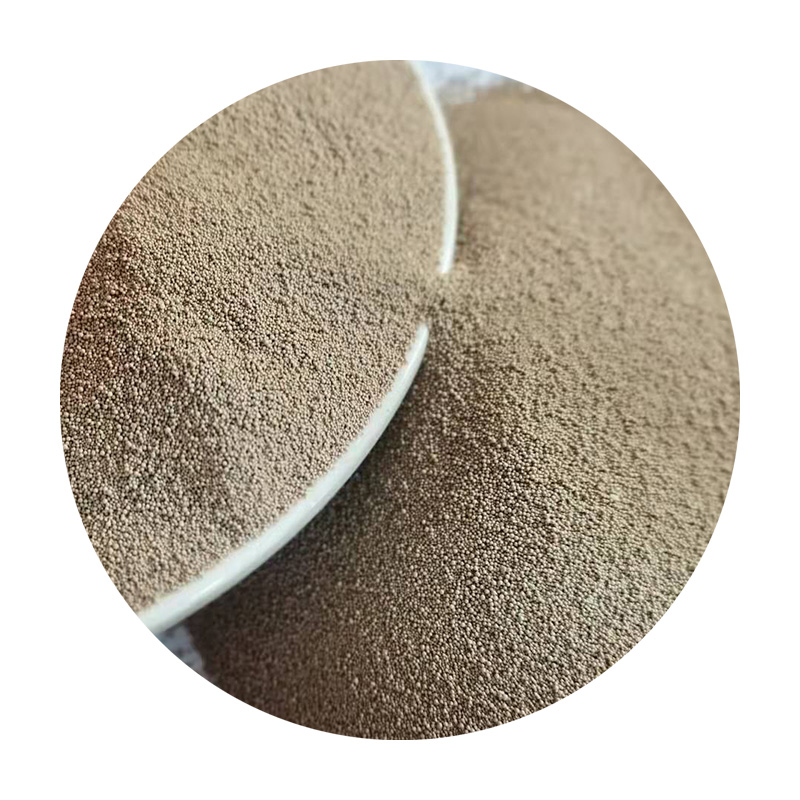Can You Sand 3D Prints?
3D printing has revolutionized the manufacturing industry, enabling designers, engineers, and hobbyists to create intricate models and prototypes with relative ease. However, once a 3D print is completed, it often requires post-processing to achieve a polished finish. One of the most common techniques used in post-processing is sanding. But can you sand 3D prints? The answer is yes—but there are important considerations to keep in mind.
Understanding 3D Printing Materials
Before diving into the sanding process, it’s essential to understand the materials used in 3D printing. The most commonly used materials include PLA (Polylactic Acid), ABS (Acrylonitrile Butadiene Styrene), PETG (Polyethylene Terephthalate Glycol-Modified), and resin. Each of these materials has different properties that can affect how they react to sanding.
PLA is a biodegradable thermoplastic derived from renewable resources. It is relatively easy to sand but may splinter if too much pressure is applied. ABS, on the other hand, is known for its strength and durability but can be trickier to sand due to its higher melting point, which can cause it to warp if heated. PETG is more flexible than PLA and ABS, making it a bit challenging to achieve a smooth finish. Resin prints are particularly popular for high-detail models but usually require a different approach since they can be more brittle after curing.
Why Sanding is Beneficial
Sanding has multiple benefits when it comes to 3D printing
1. Smooth Finish Raw prints often have visible layer lines. Sanding can help achieve a more refined and professional-looking surface.
2. Enhancing Paint Adherence If you plan to paint your print, sanding the surface can improve paint adhesion by creating a rough texture for the paint to grip onto.
3. Removing Imperfections Sanding allows you to address any print defects or imperfections, such as strings or blobs that may have formed during the printing process.
How to Sand 3D Prints
To effectively sand your 3D prints, follow these steps
can you sand 3d prints

1. Choose the Right Grit Paper Start with a coarse grit sandpaper (around 120-200 grit) to remove any significant flaws. Once you’ve achieved a more uniform surface, switch to a finer grit (400-600 grit) for a smoother finish.
2. Wet vs. Dry Sanding Wet sanding is often preferred as it reduces dust and helps cool the material, especially for ABS and PLA. Use water to keep the surface damp while sanding, which minimizes the risk of heat buildup and resultant warping.
3. Use Light Pressure Apply light, even pressure while sanding. Avoid pressing too hard, as this can create deeper scratches or lead to melting the material.
4. Check Your Progress Frequently stop to check your progress. It can be helpful to wipe the surface clean during the process to better see the effects of your sanding.
5. Finish with a Polish After sanding, consider using a polishing compound to give your print an extra shine. This step is especially beneficial if you intend to display your model prominently.
Alternatives to Sanding
While sanding is a popular method, it's not the only way to finish a 3D print. Other techniques include
- Filling For larger gaps or imperfections, applying a filler compound and then sanding can yield a smoother result.
- Chemical Smoothing Some materials, like ABS, can be smoothed using acetone vapor treatment, which melts the outer layer, creating a glossy finish.
- Painting A primer coat followed by paint can also mask layer lines and imperfections.
Conclusion
In summary, sanding is indeed an effective method for post-processing 3D prints, enhancing their appearance and preparing them for further finishing processes like painting. By understanding the material you are working with and employing the right techniques, you can transform your 3D prints into polished, professional-looking models. Whether you're a hobbyist or a professional, mastering the art of sanding can elevate your 3D printing projects to new heights.
Post time:nóv . 27, 2024 17:10
Next:Exploring the Art of Sand Casting Techniques and Tips for Beginners
